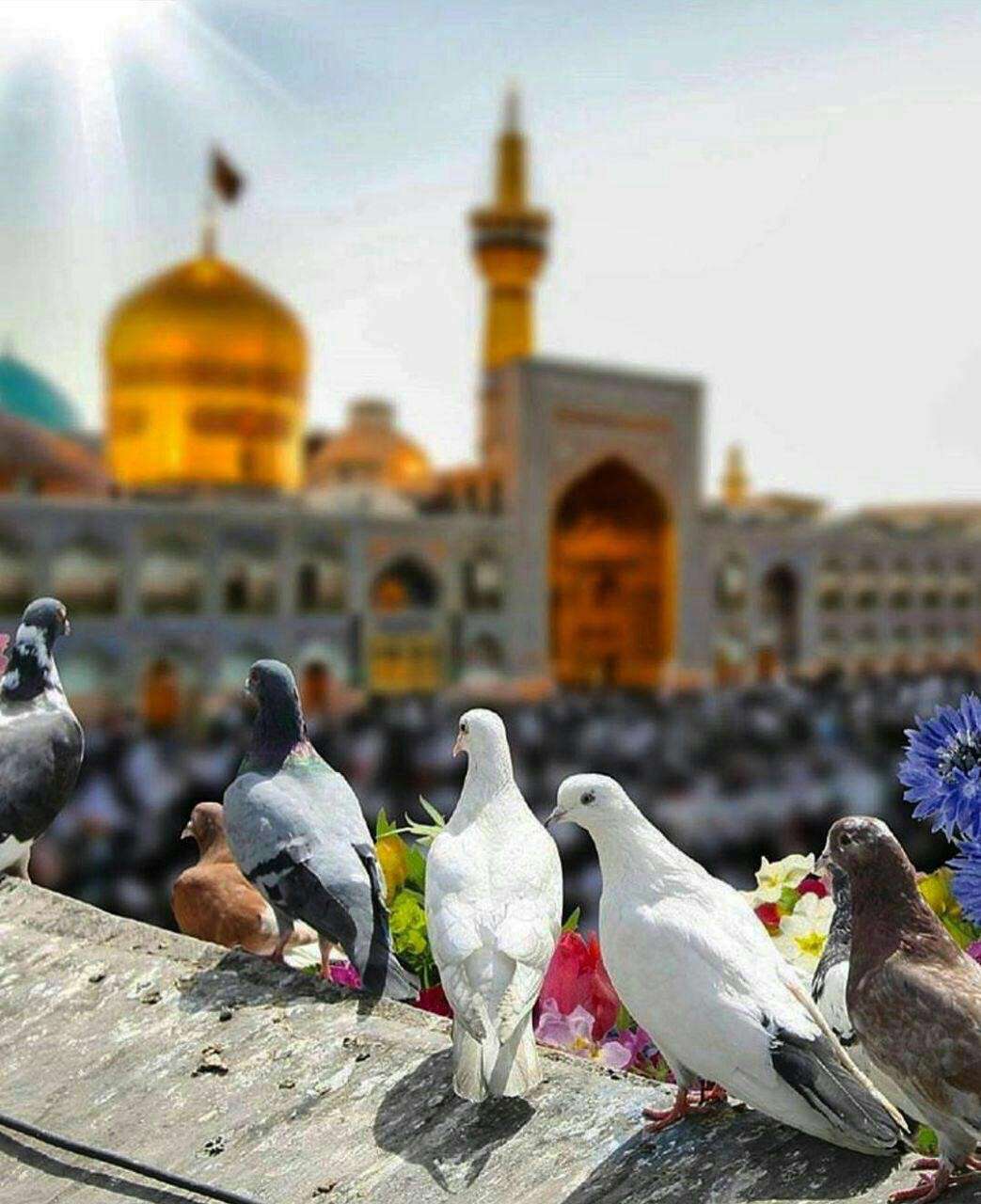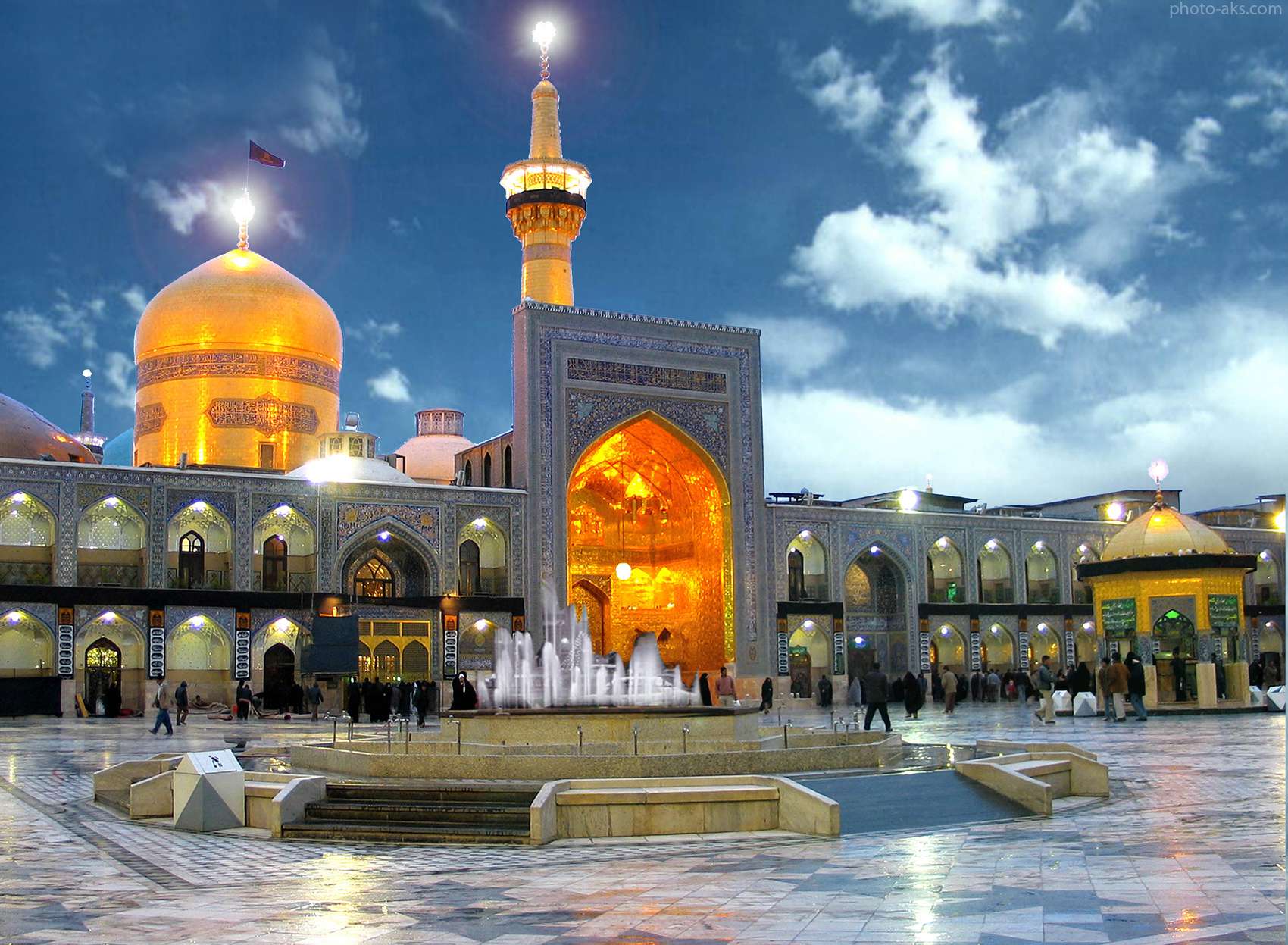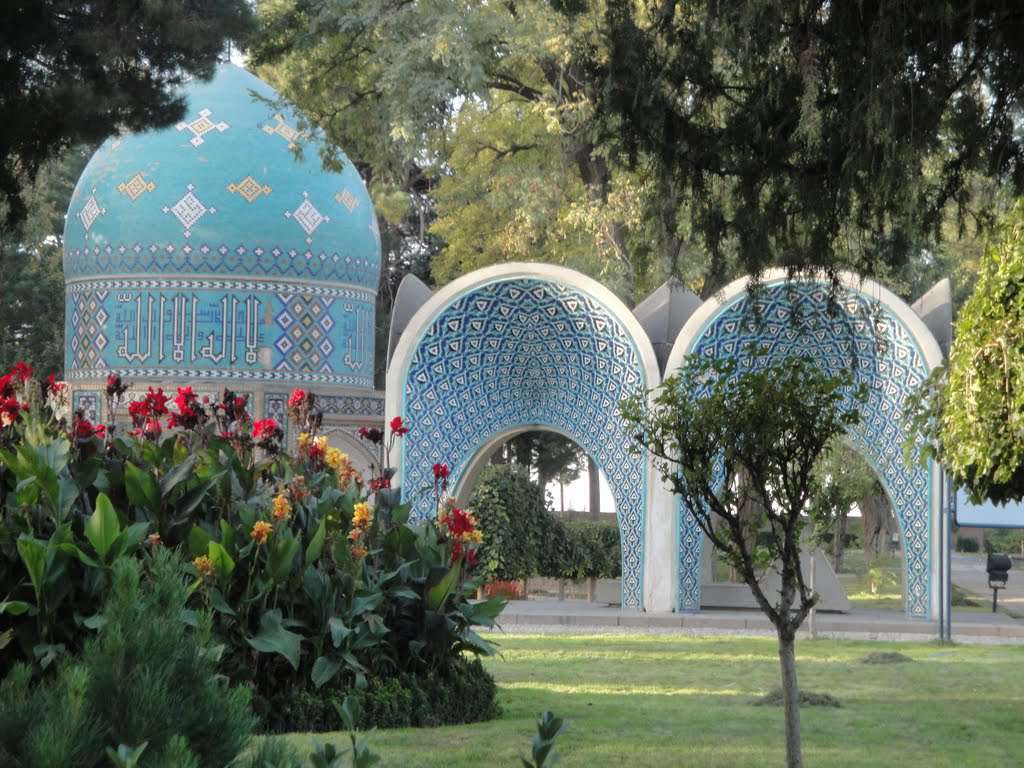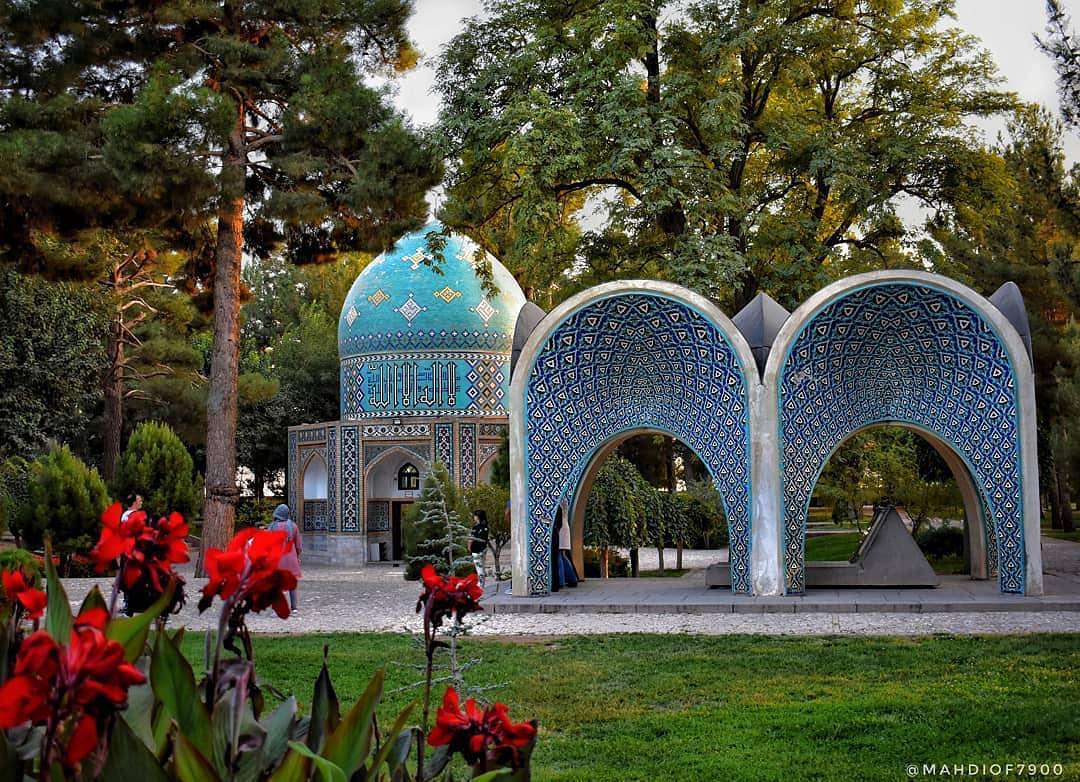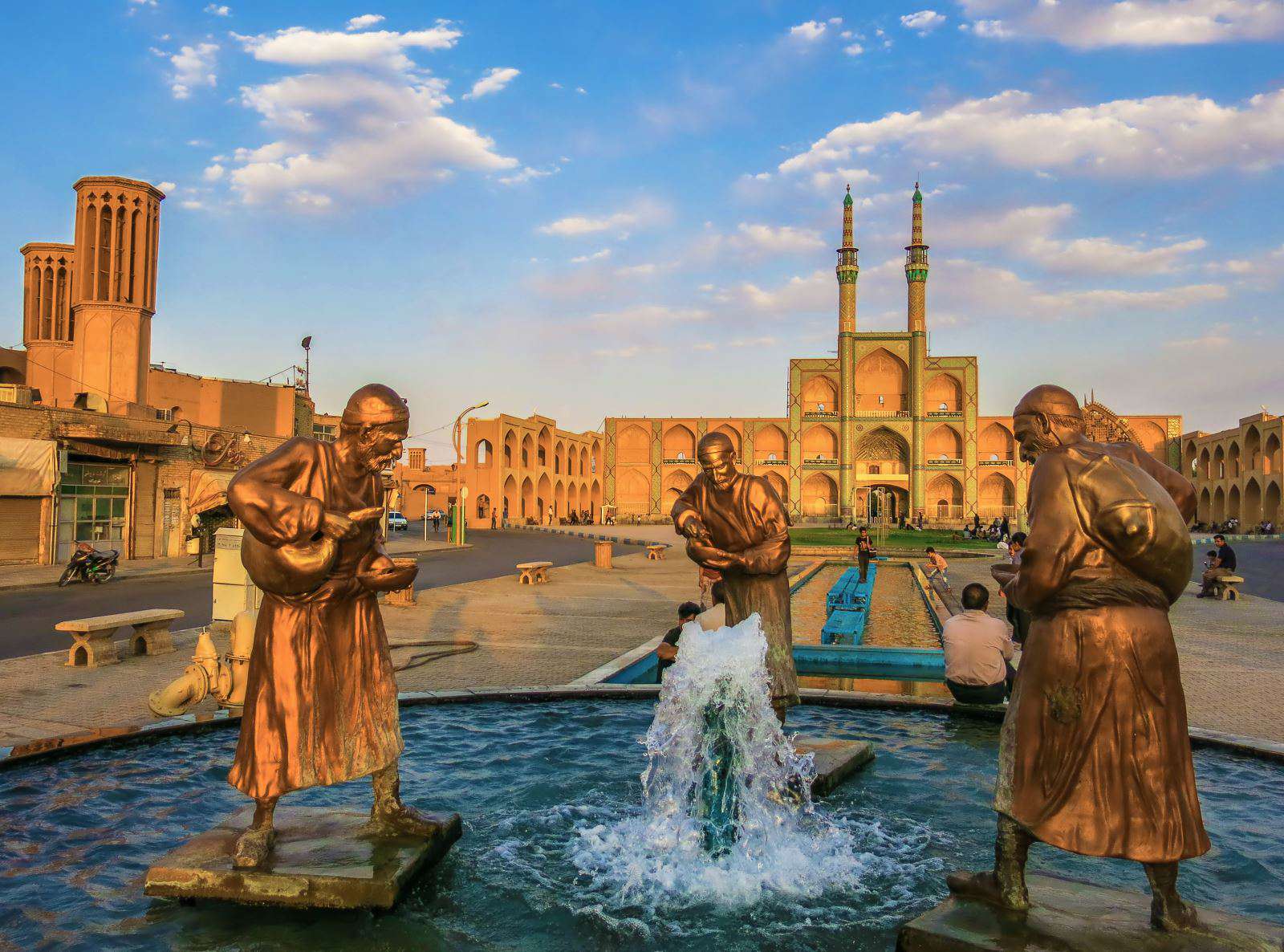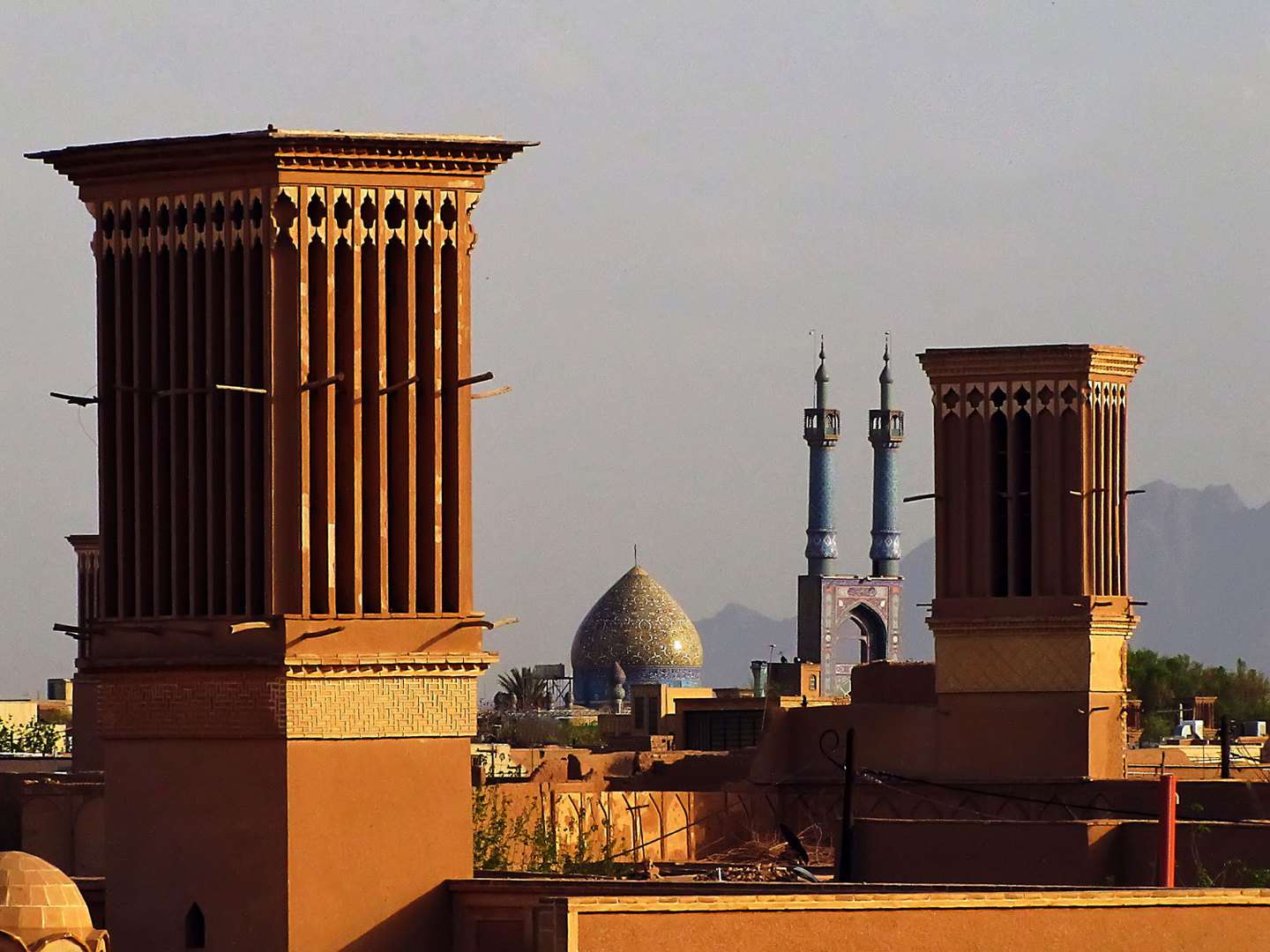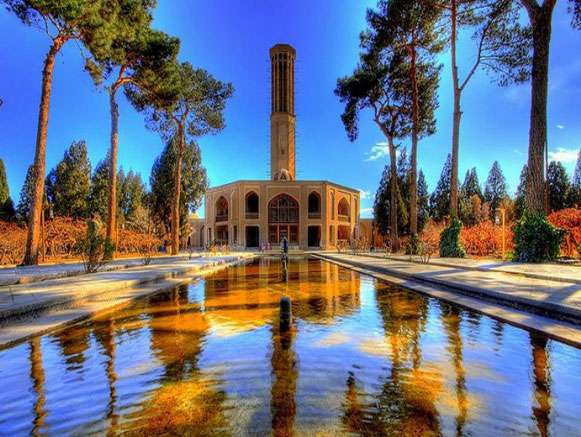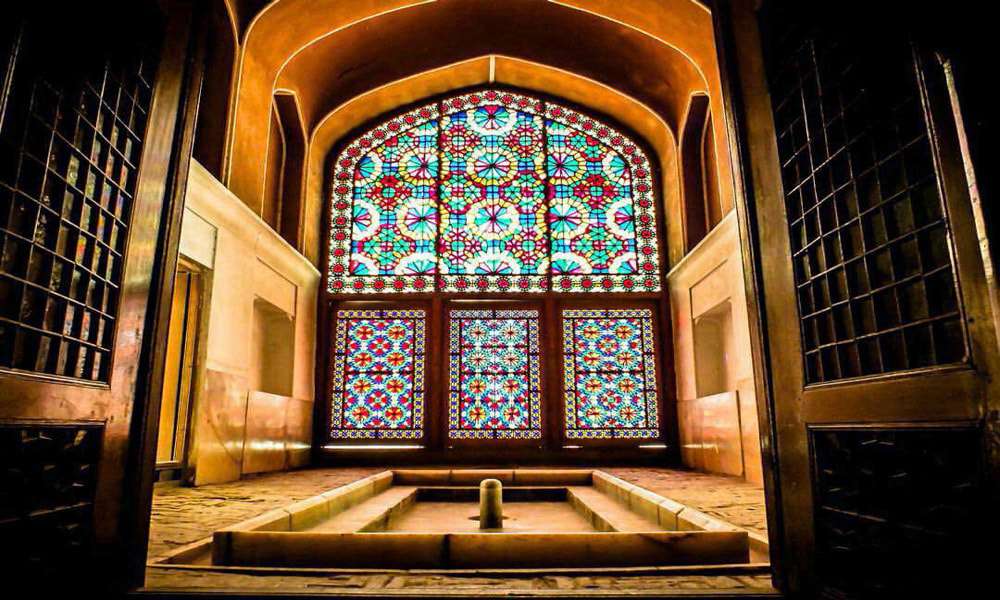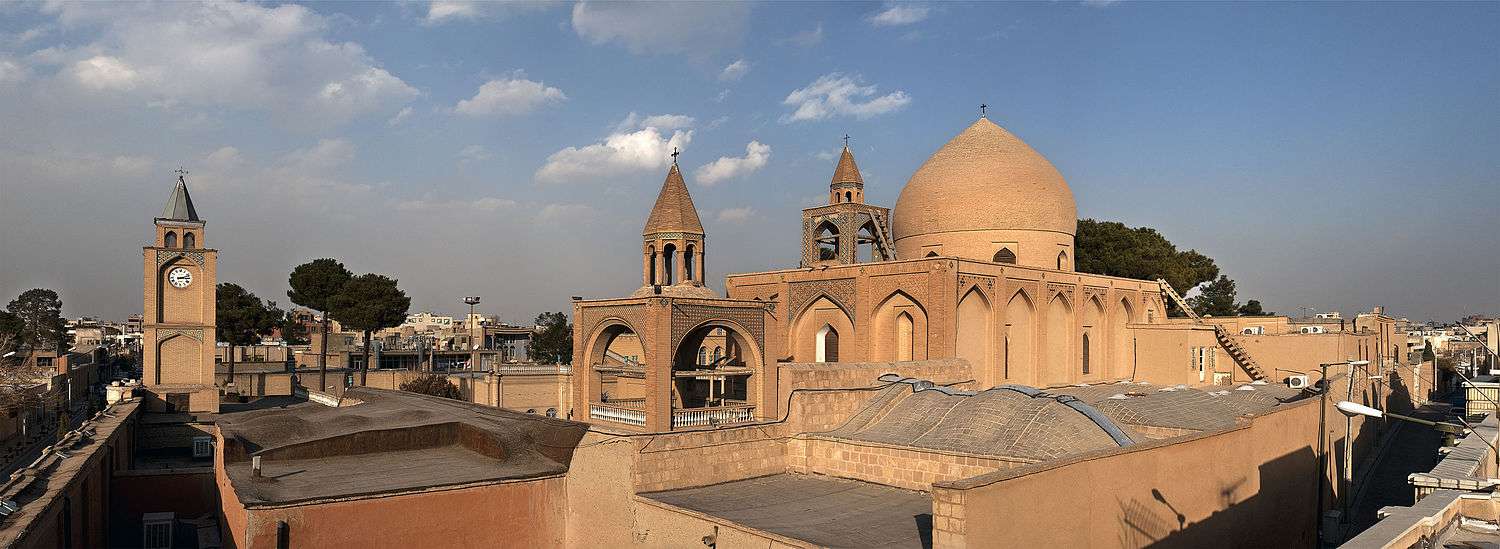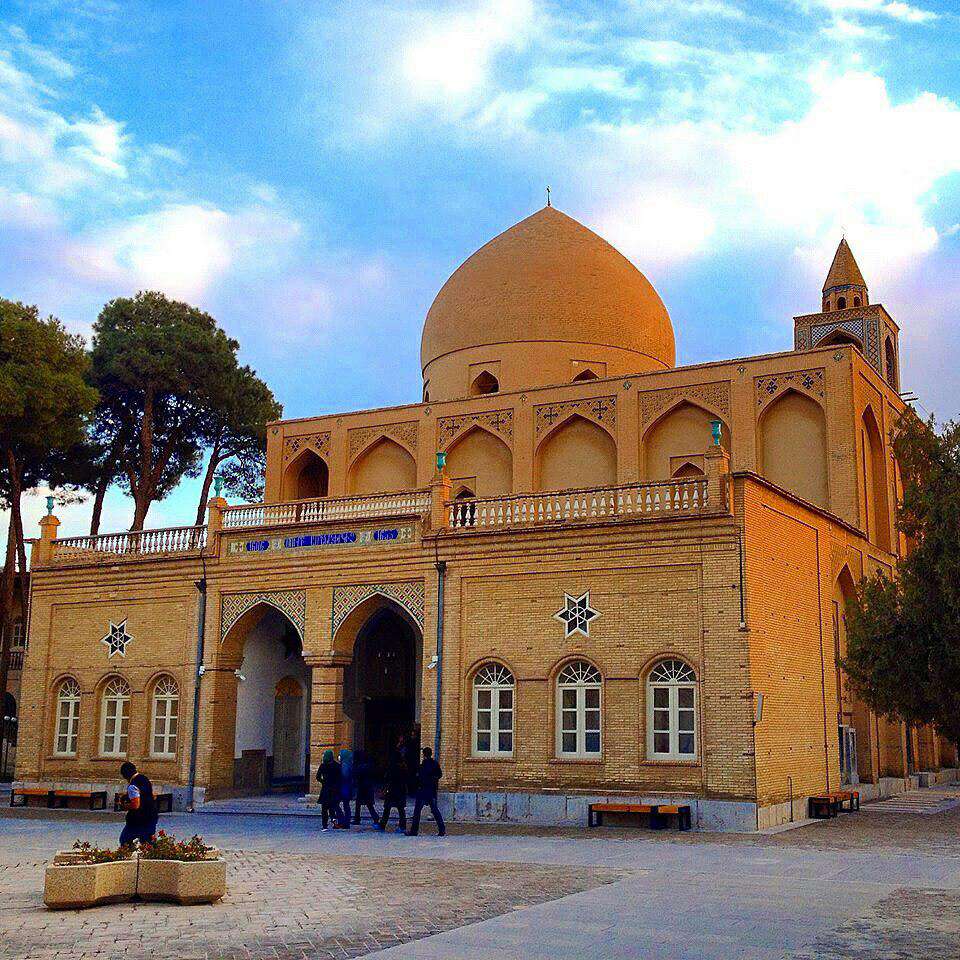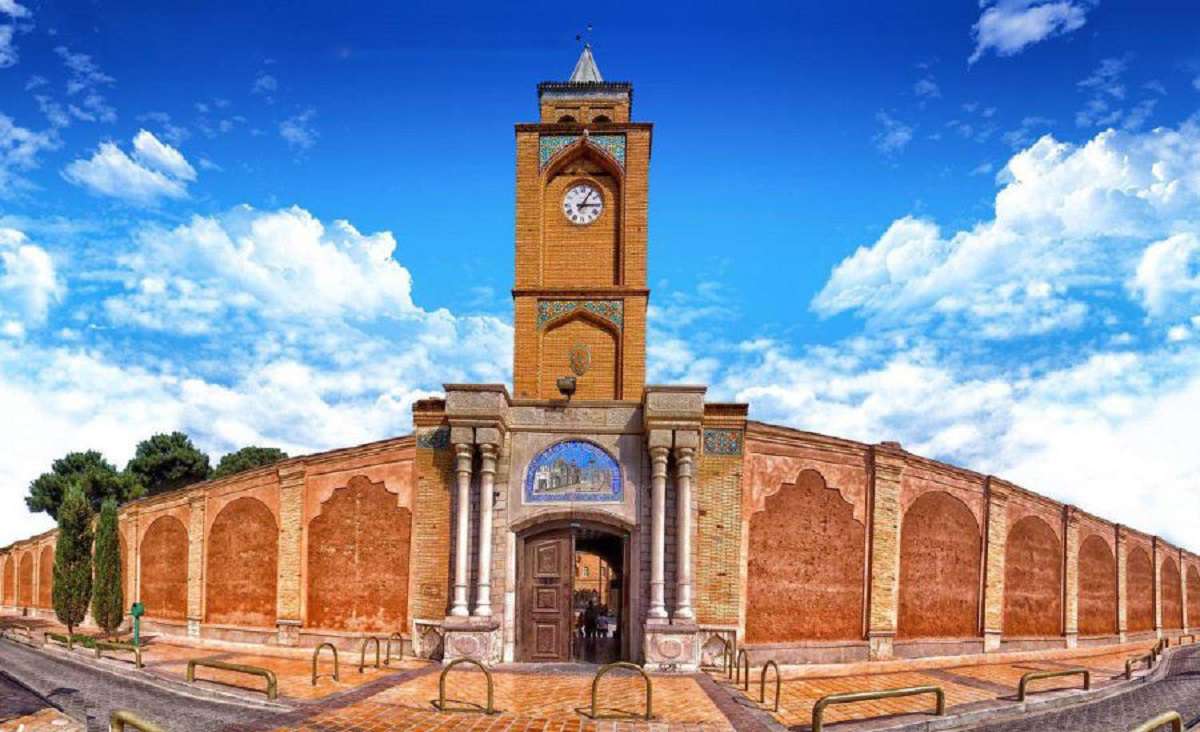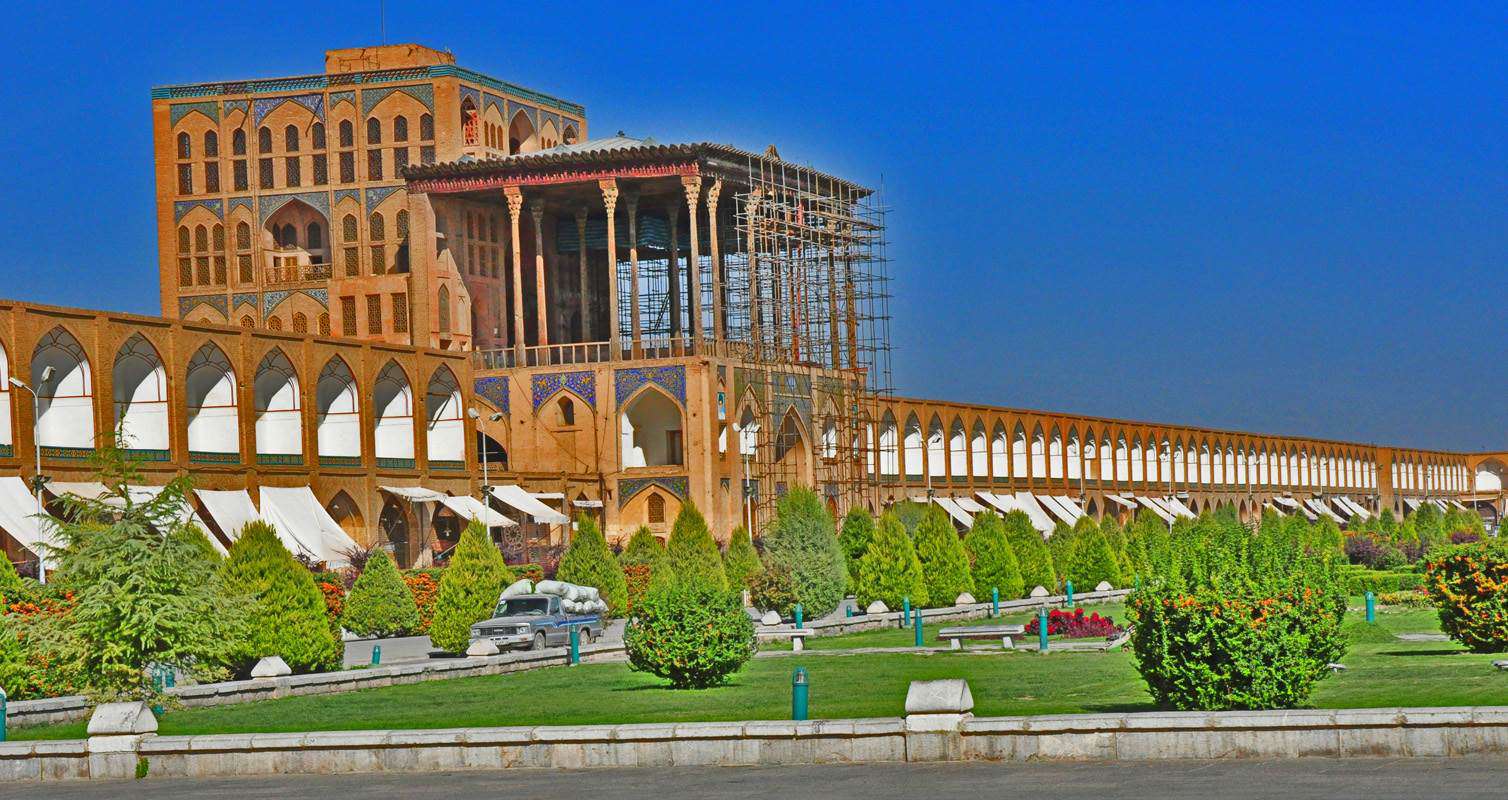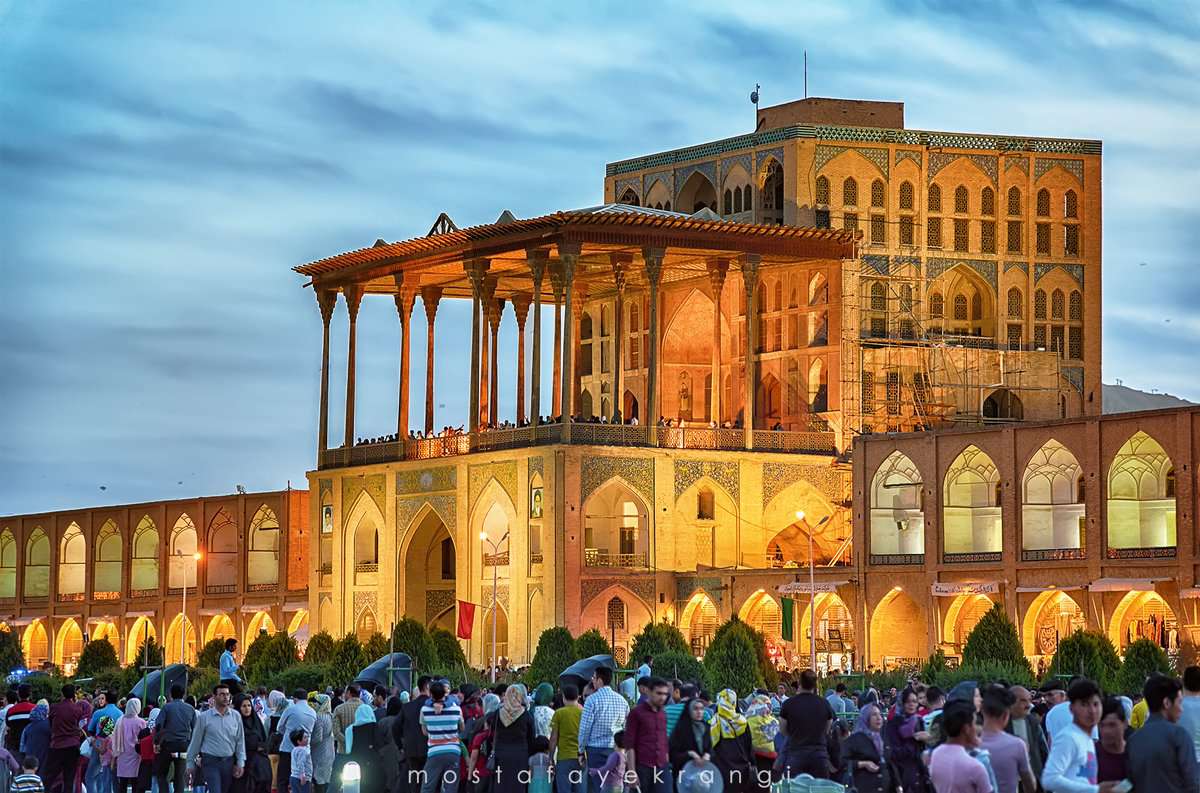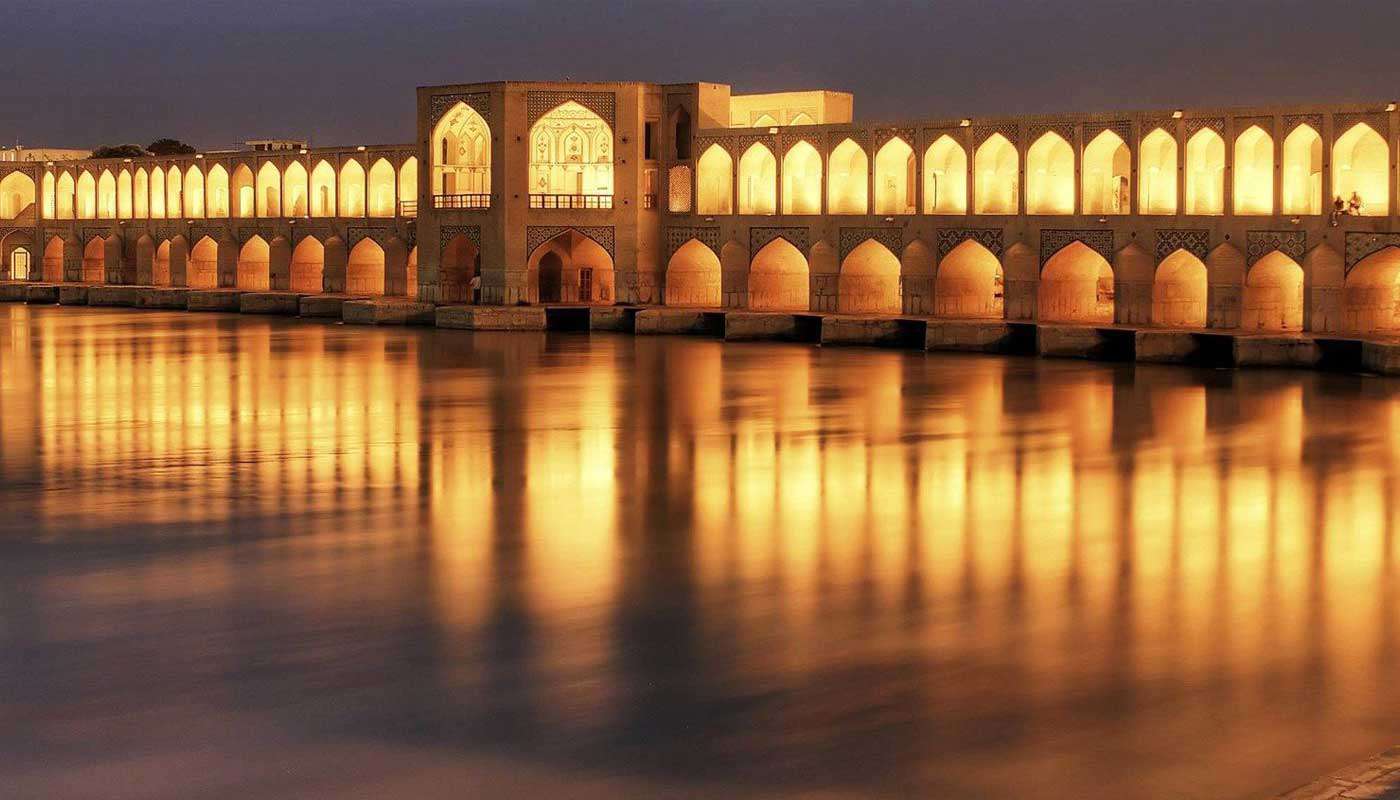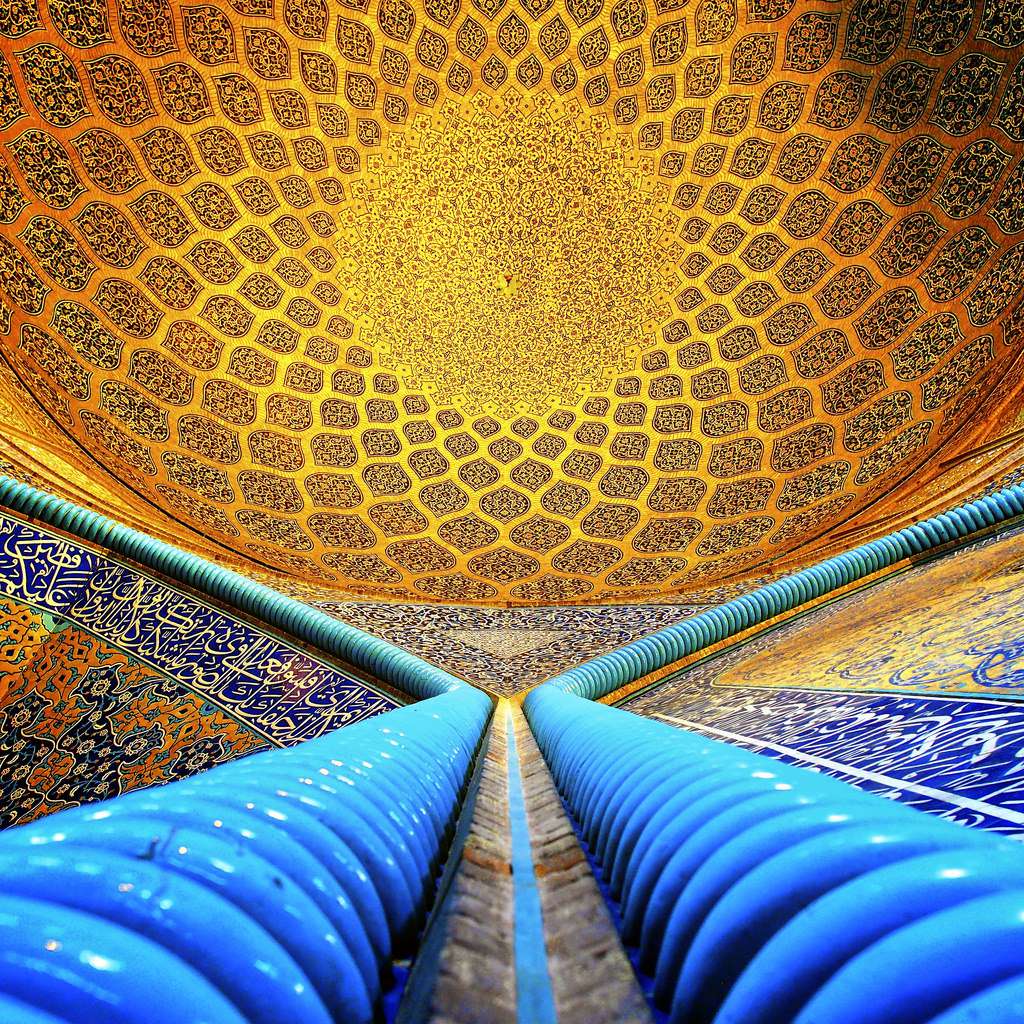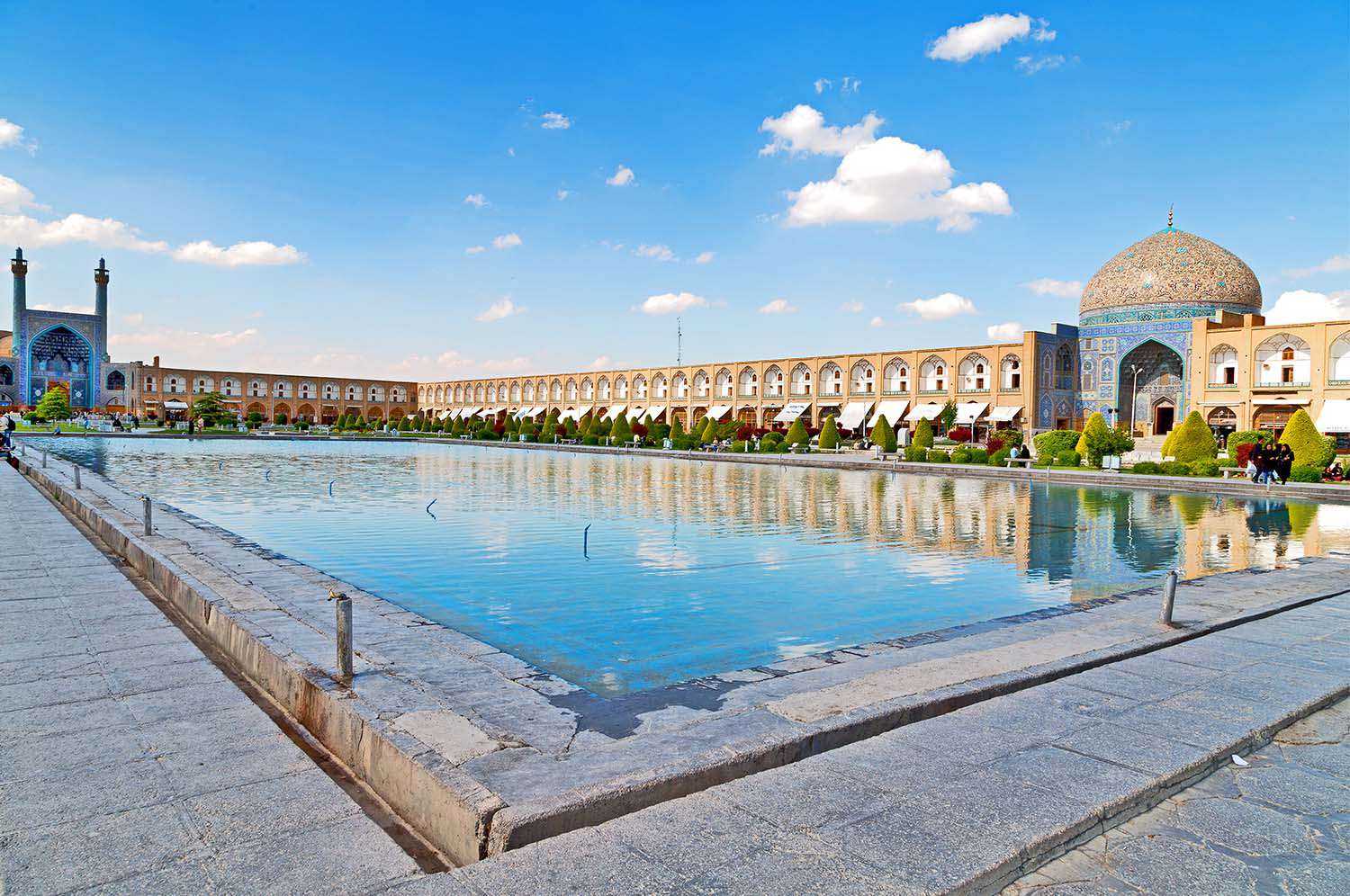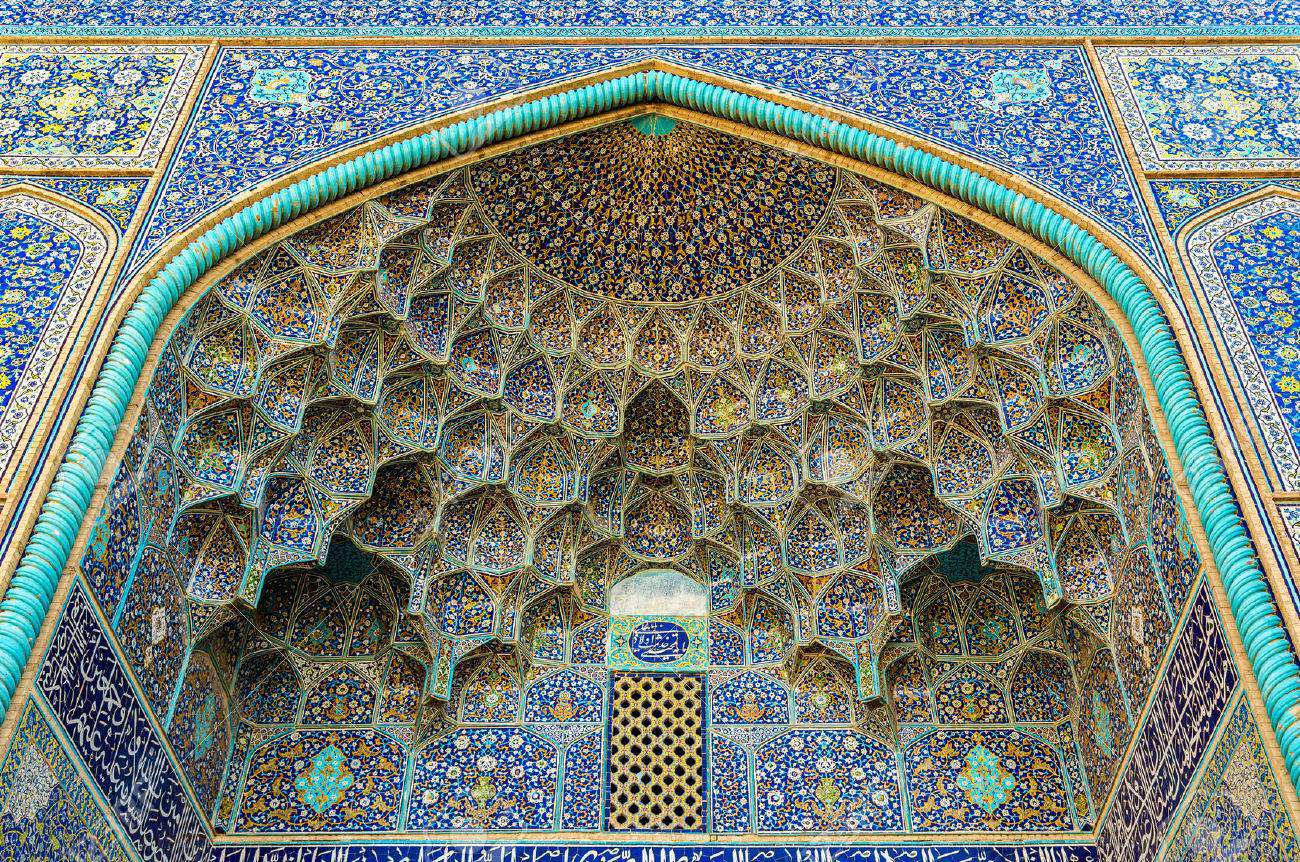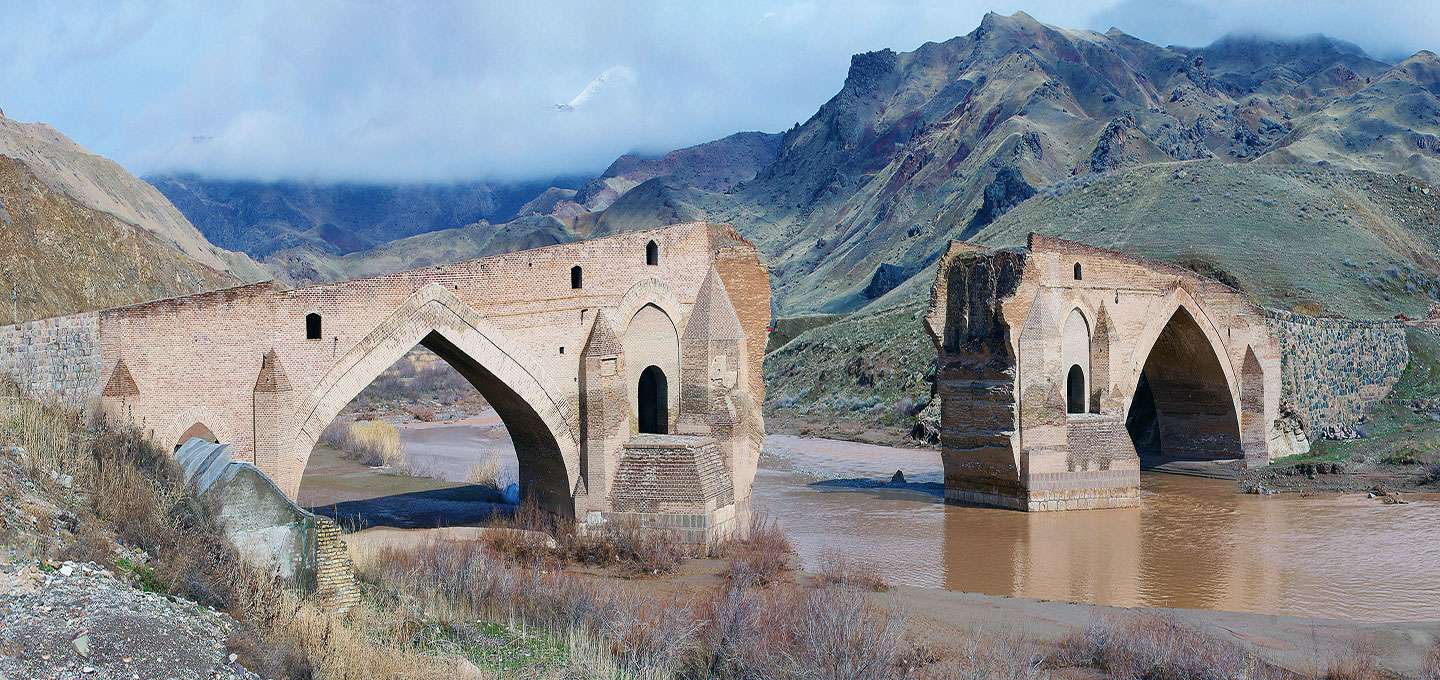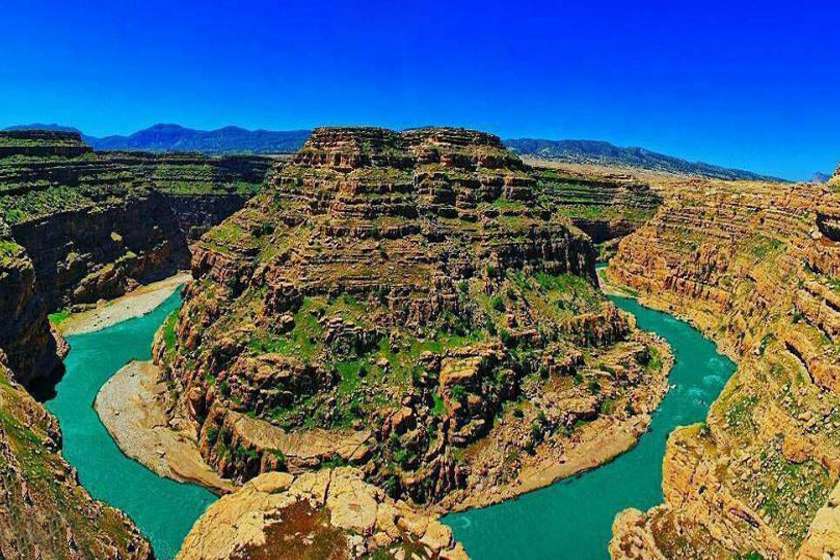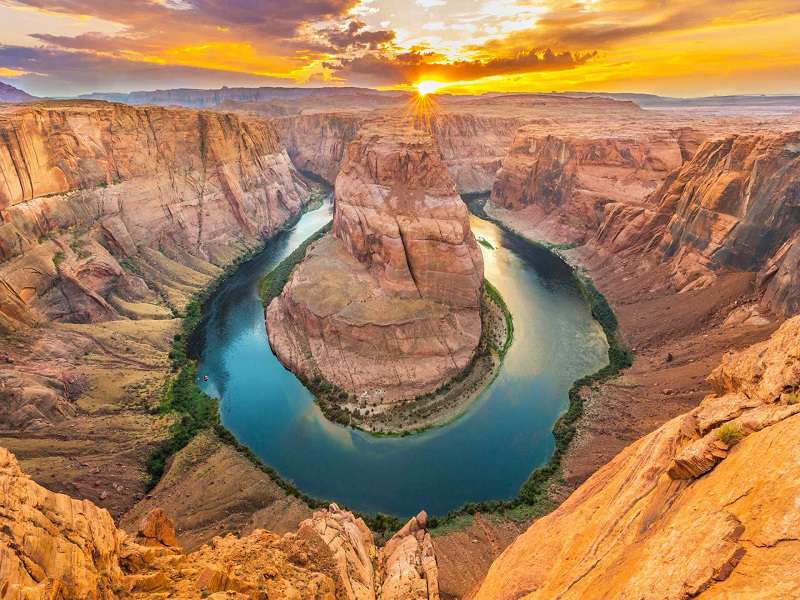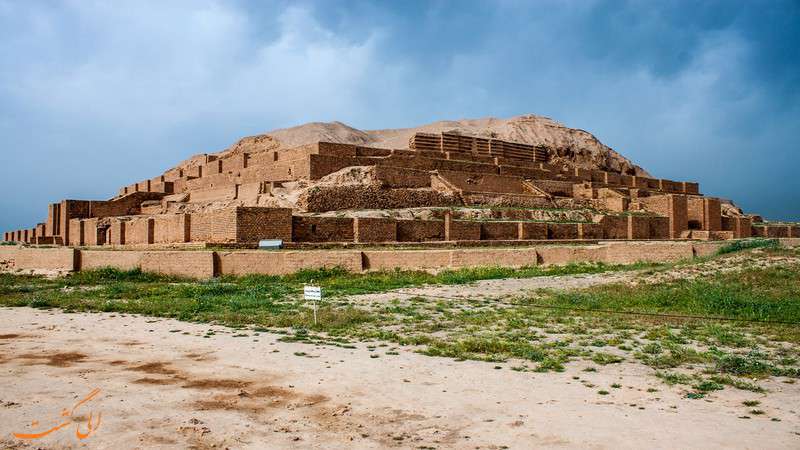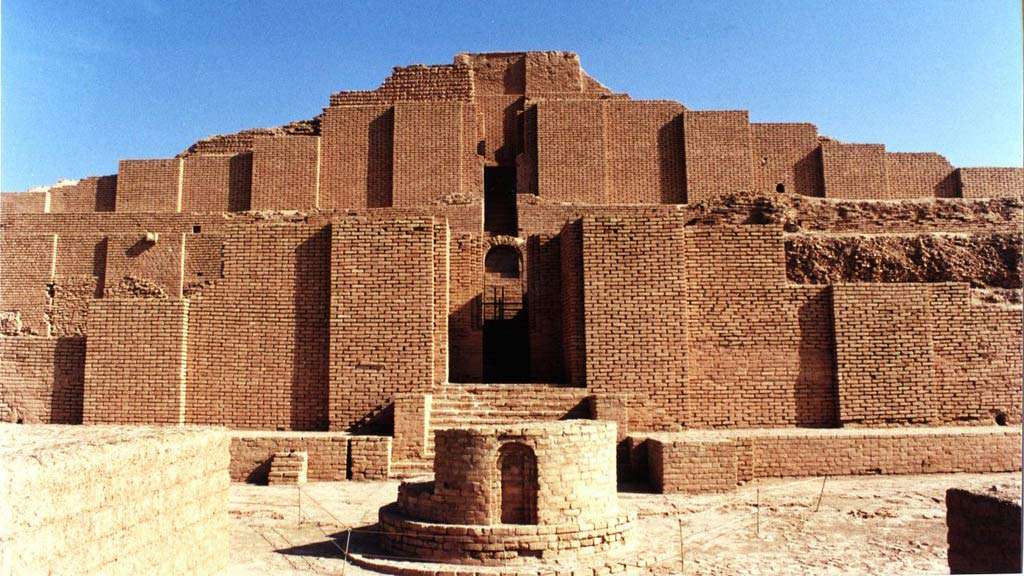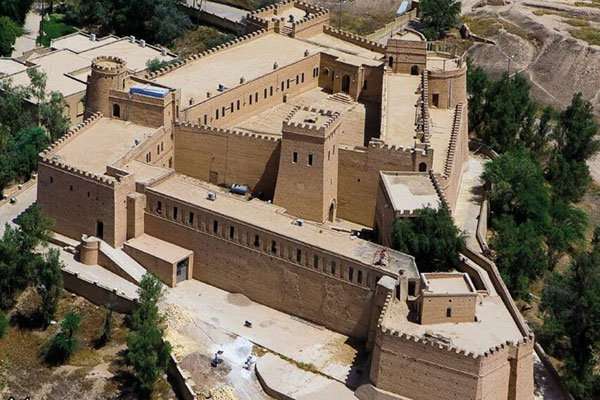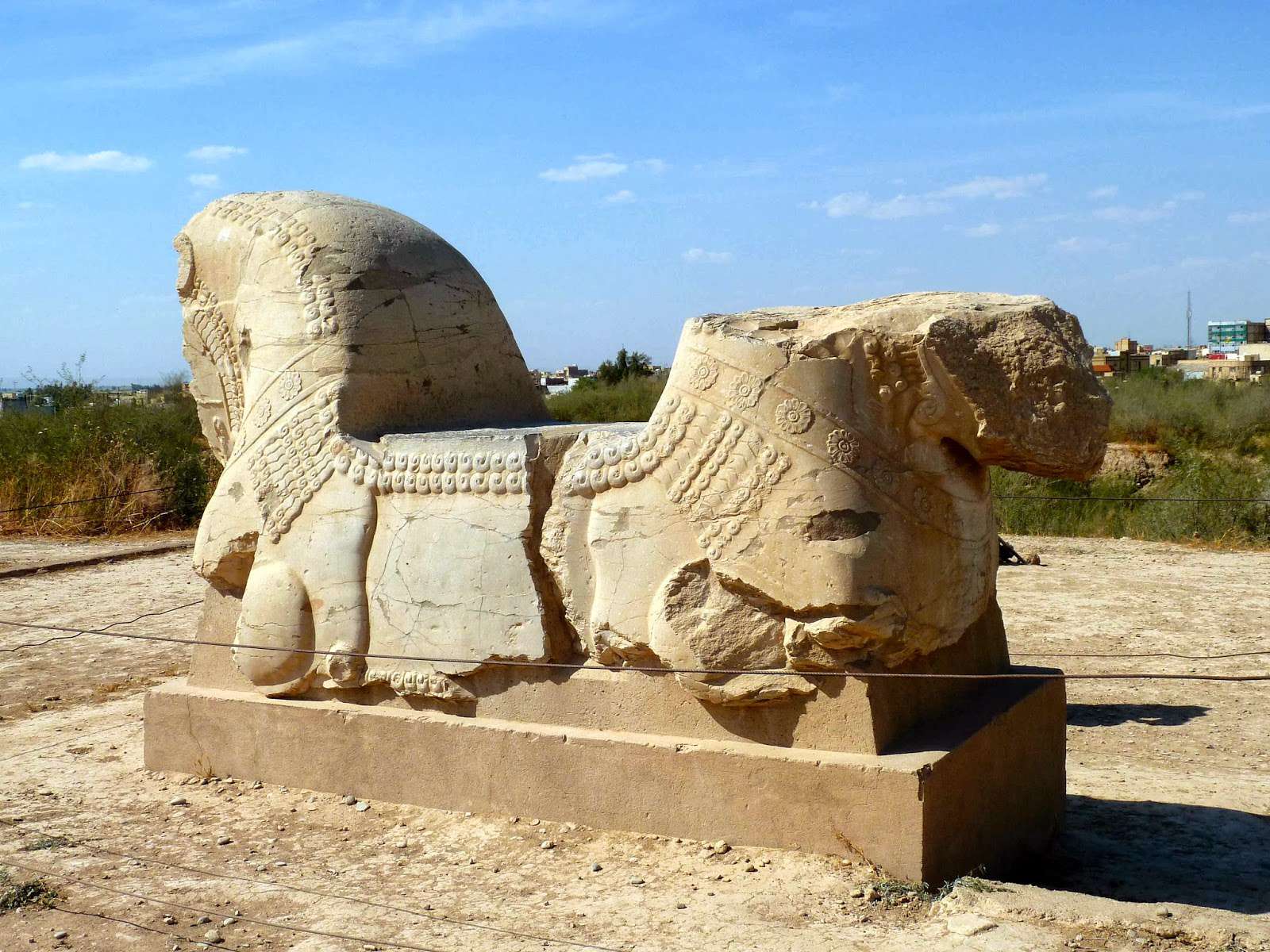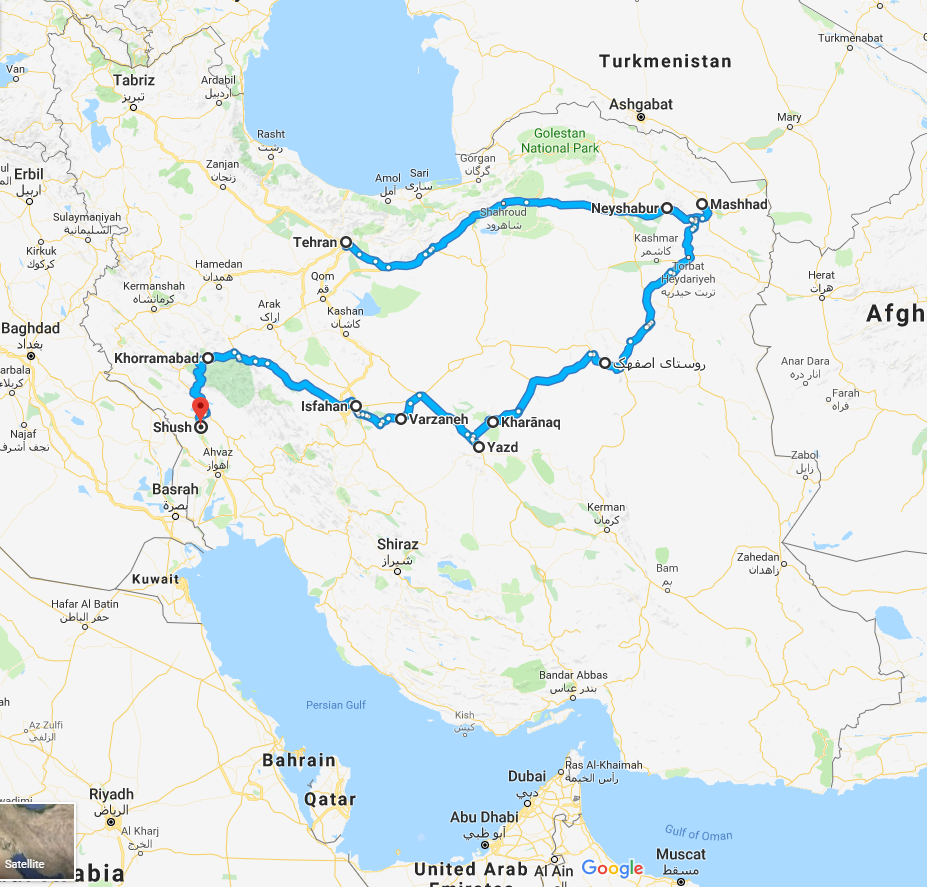13 Days on the Iran Silk Road
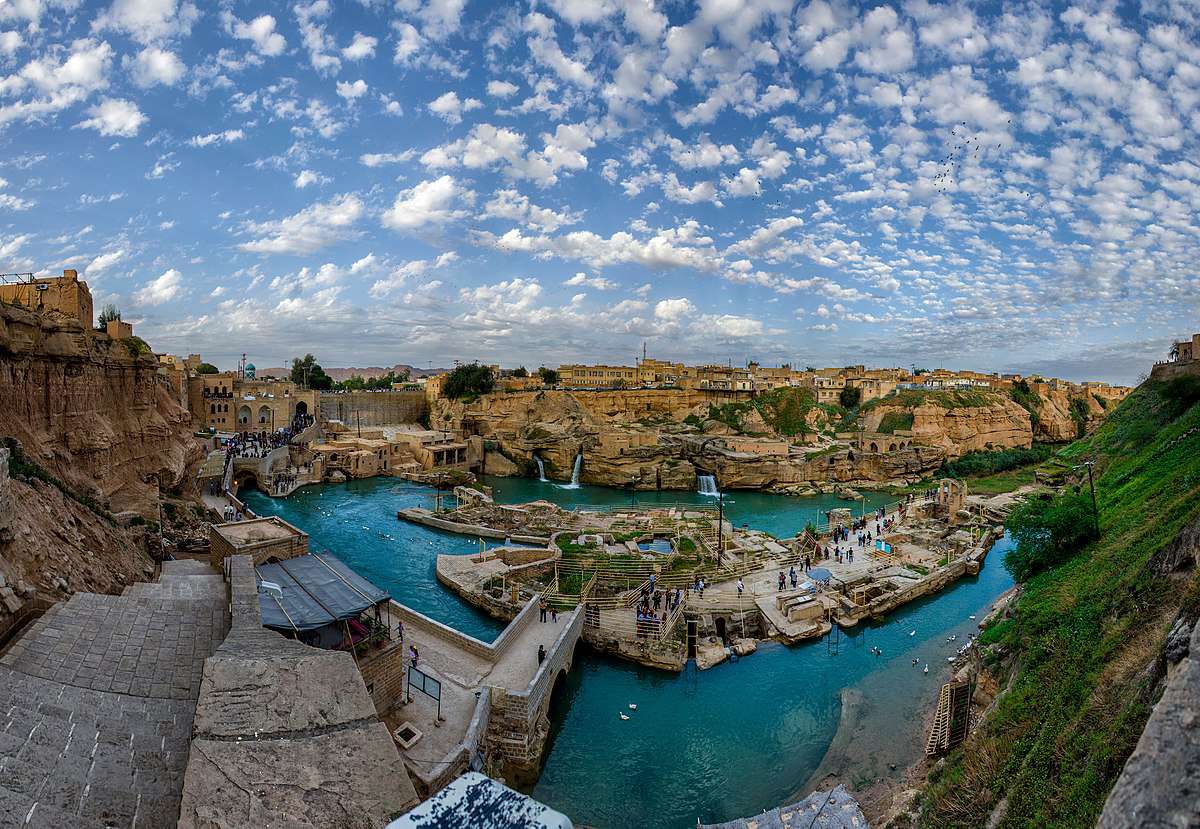
Group Size
Min
1 Person(s)
Max
10 Person(s)
- Duration (Day)13 Day(s)
- Departure PointTehran, at Mehrabad airport
From €1,250.00
- Visiting the most visited attractions in the Silk Road
- Passing through the Persian Royal Road
- Visiting the Iranian Georgians
- Stargazing in the desert, experiencing Zoorkhaneh traditional sport and visiting a Music Museum
- Becoming familiar with Christian, Zoroastrian, and Islamic religious sites
- Experiencing travel by the taste of nature, history, art and adventure
- Visiting the all-Christian village of Iran
Photos of the Tour
Tour Packages
- Package 1
Availabilities
Select Preferred Date
Group Size And Pricing
Tour language
Inclusions
 Accommodation
Accommodation Breakfast
Breakfast Transportation
Transportation Hotel pick up
Hotel pick up Hotel drop off
Hotel drop off Mineral Water
Mineral Water Local Tour Guide
Local Tour GuideExclusions
 Food and Drink
Food and Drink Entrance fee
Entrance fee Lunch & Dinner
Lunch & Dinner tips
tipsItinerary
Day 1
Day 2
Day 3
Day 4
Day 5
Day 6
Day 7
Day 8
Day 9
Day 10
Day 11
Day 12
Day 13
Overview
Where is the Silk Road? Why it is so important? The Silk Road connects the East to West, stretching from China to Europe. On its way, it passes through Korea, Japan, the Indian subcontinent, Iran, the Horn of Africa and Arabia.
The trade between these civilizations brought wide relations in different fields, such as religion, philosophy, science, technology and even disease, and so the Silk Road also became an important place of cultural exchange.
Persia, as one of the main civilizations along the Silk Road, was also affected by the different cultures and religions which were being shared on this road. In this tour, you are going to have a journey to the Silk Road, experiencing its changes through history and contemplating the remnants of other civilizations.
What To Expect
We will start our tour from the entrance gate of traders to Iran, Mashhad. To do so, we will take a
plane from Tehran to Mashhad on the first day. In Mashhad, we will visit the Holly
Shrine of Imam Reza and its museums.
In the second day, we drive to Nishapur, the Sassanian Satrapy Capital. In
this city, you will see the mausoleum of Attar of Nishapur, the great Persian
poet and Sufi theoretician.
At night, we stay in an ecotourism resort in Esfahak Village. This village,
a remnant of one of the worst earthquakes in Iran, still has kept its old
mudbrick buildings. In Esfahak we can enjoy watching the stars of the desert in
an ancient observatory.
In the early morning of the third day, we drive to Tabas. On the road, we
will visit the Morteza Ali Fountain and the oldest, greatest and the highest
arch dam of the world, Shah Abbasi Taq. It has a height of 60-meters and dates
back to 550 years ago.
Then we continue to visit Kal-e Jeni Canyon in which, according to the
locals, Cyrus the great spent 16 years of his life. At night, we go back to the
Esfahak village.
In the fourth day, we go to visit Azmighan village, where you can see dates
and rice growing together. At night, we again go to Esfahak village to rest.
The next day, we drive to Yazd, en route, we visit Saghand desert, also
known as Kharanaq village, the most beautiful golden sand desert in Iran. We
eat delicious local food in Kharanaq village and we continue to Taft to have
a great star watching night in Nartitee resort.
The sixth day belongs to
visiting Yazd city including the Zoroastrian fire temple, Amir Chakhmaq
complex, the old neighborhood of Fahadan, Dowlat Abad garden and the old
bazaar.
In the seventh day, we
drive to Varzaneh, en route, we visit Chak Chak also known as Pir-e Sabz which
is the most sacred mountain shrine of Zoroastrians. We eat lunch in Meybod and
we continue to see the Salt Lake and sand desert of Varzaneh. At night, we stay
in a local house in Varzaneh.
In the eighth day, we
drive to Isfahan for two hours. In Isfahan, we will visit Atiq Jameh mosque and
we eat Biryani, the most delicious Isfahan local food. In the afternoon, we
visit the Jolfa neighborhood to see the Vank Cathedral. Then, we make our soul
fresh by listening to a live Iranian tradition concert in Isfahan music museum.
in the evening, we visit Isfahan bridges like Si-o-Se pol and Khaju bridge.
The second day in Isfahan
goes to the most known attraction of this city, Naqsh-e Jahan square. We visit
Sheikh Lotfollah mosque, Jameh mosque, Ali Qapu, and Qeysarie Portal and Bazaar.
Then we go to Chehel Sotoun and Hasht Behesht Palace. At night we go to
Zoorkhaneh to see Iranian traditional sport.
In the tenth day, we have
time to see one the oldest neighborhood of Isfahan and the greatest handicraft
workshops of Isfahan. In this workshop, we see Zaribafi (Brocade weaving), glassworks,
rug workshop (Kilim), filigree trophies, musical instrument, Khatam Kari,
Kalamkari or block printing, Miniature and so on. After lunch, we drive to Fereydan,
the third highest city of Iran and the only inhabitant of Iranian Georgian
people. Fereydan is the mythical region of Kaveh the Blacksmith. He was the
hero of Shahnameh who stood against the cruel ruler of his era, Zahak.
In our way, we visit Nane
Akram’s House as a sample of Georgians cultural house. Then we continue to
Zarneh village to see the only Christian village of Iran and its Boloran
Church.
In the evening, we have
time to drive to Khorramabad, the Geotourism capital of Iran. We stay in a
hotel to rest and continue our journey the next day.
In the eleventh day, we
visit Pol-e Dokhtar which dates back to the Sassanian empire. From here we are
stepping in the world’s oldest road, the Persian Royal Road. Just close your
eyes and imagine the world without today's technologies, the years far away. Imagine
the road in which you had to travel two months to get to Susa by a healthy and
fast horse now is changing to a road in which you can rent fresh horses or buy
your travel requirements. In Royal Road, you can even deliver your emergency
messages by a pirradazis or postman as fast as possible in any weather
and at any time of the day. Yes, that is the first road in the world which has posting
and renting facilities.
In this day you are going
to visit Susa, Apadana Castle, and Museum and Chogha Zanbil. At night we stay in
a traditional hotel in Shushtar.
In the twelfth day of the
trip, we visit bazaar and Afzal Traditional Residency. Then we continue to
Shushtar Historical Hydraulic System and Band-e Mizan, the strait rate which divides
the river Karun into two parts east and west.
The last day of our trip
is the day of the flights. We go to Tehran by plane and we will transfer you to
IKA.
Important Information
Additional Info
- -The best time to visit Persian Royal Road is in spring and fall.
Cancellation Policy
- Cancellation of booked tours 2 months prior to the trip require no charges. In the event of cancellations 30-20 days prior to the trip, 30% of the entire booking fee will be reduced. For cancellations under 20 days prior to the trip, no amount of the booking price will be refunded.
